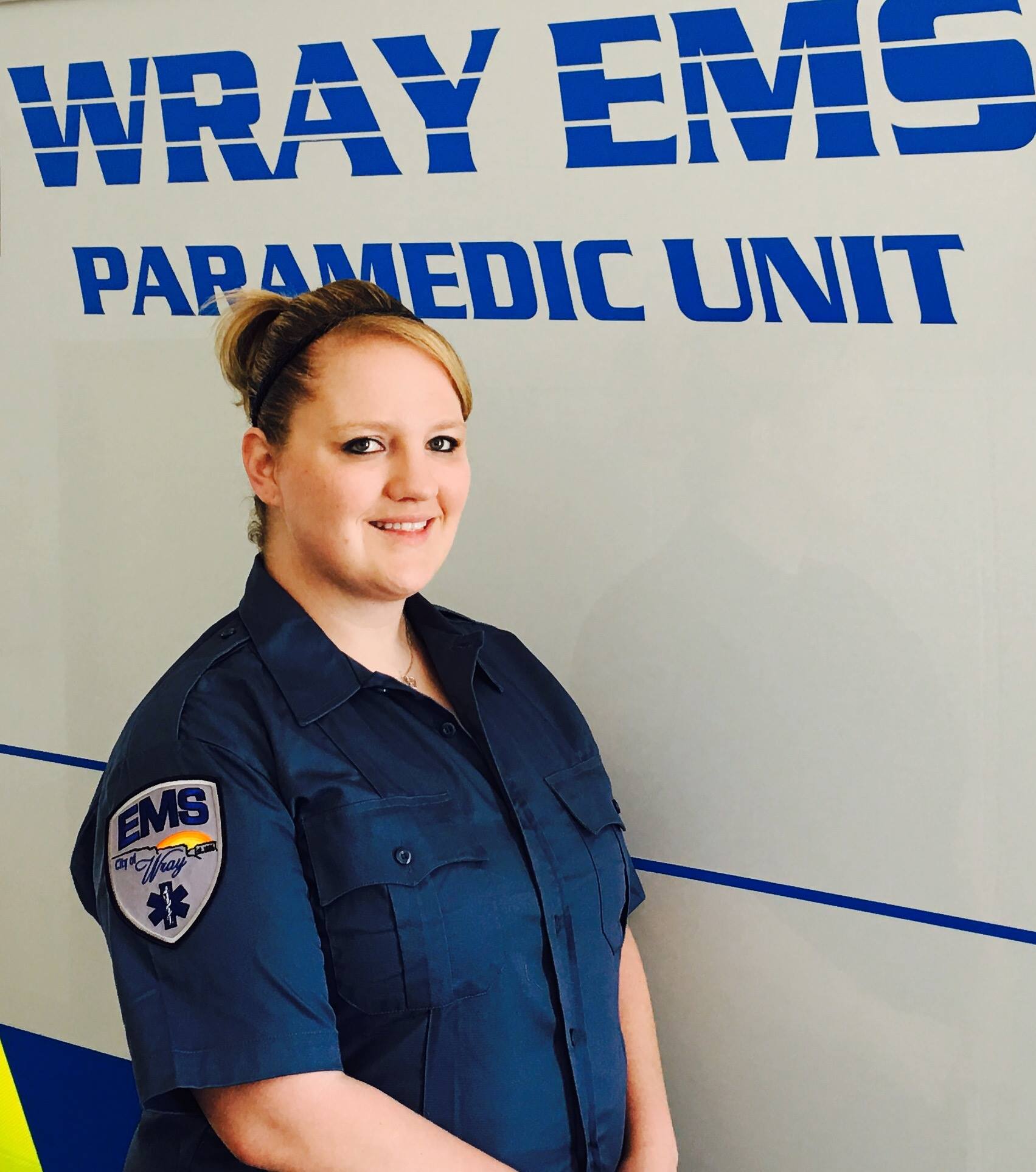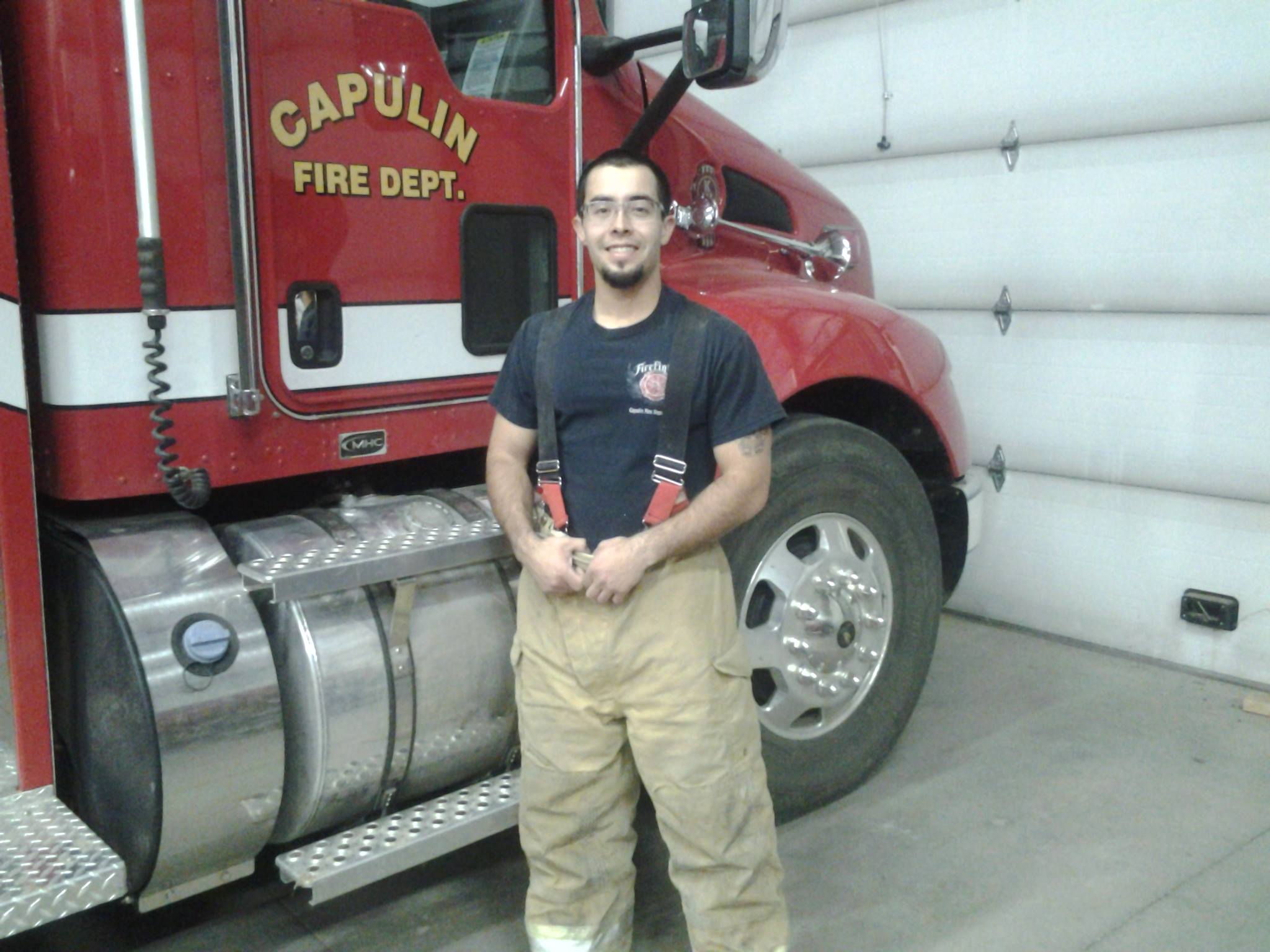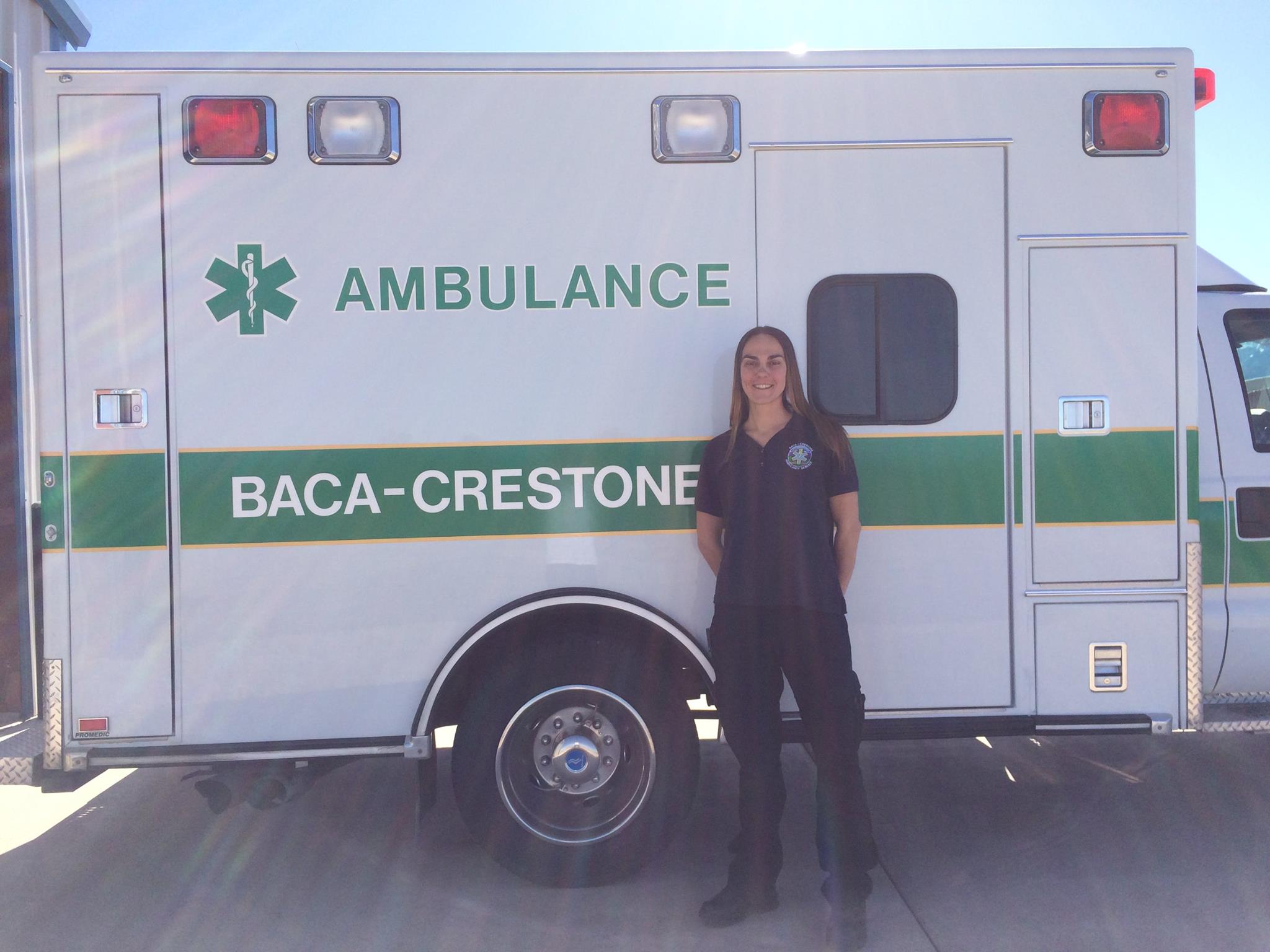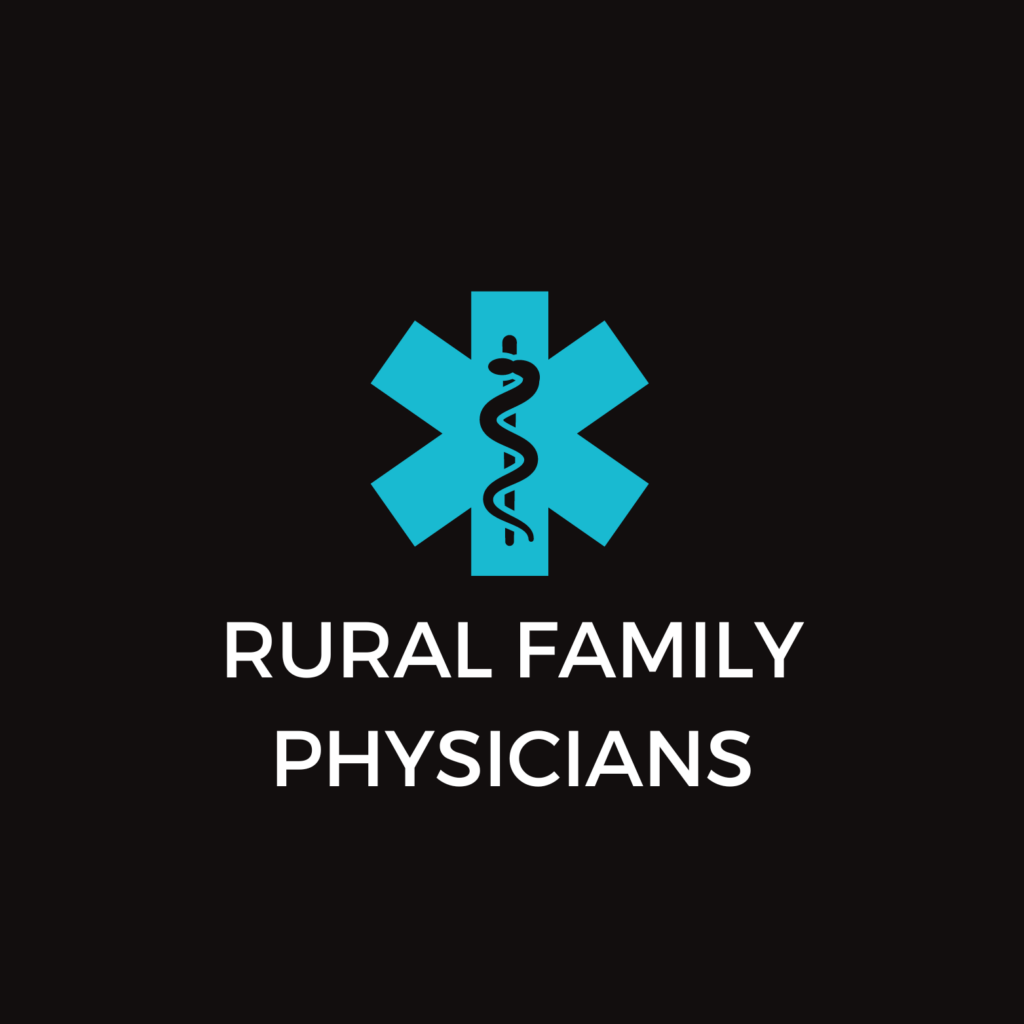CEO Update: Raising Awareness of Rural EMS

Celebrating EMS is one of the greatest weeks we have the honor of supporting at CRHC.
You may not know, but my husband has been a firefighter for over 30 years, so EMS is very near and dear to my heart. One of the greatest skills that EMS providers possess is that they are masters of teamwork and change, since each day they face is different. I’d encourage you to learn more by reading the history of EMS.
In rural American EMS is vital. While only 20 percent of the nation’s population lives in rural, nearly 60 percent of all trauma deaths occur in rural. Some of the challenges we face are:
- Sparse populations covering large geographic areas make the per-person cost of providing emergency care expensive. EMS has fixed costs in operations and capital costs, i.e., ambulance vehicle license, insurance, and maintenance; facility or building rent and maintenance; liability insurance; training for volunteers, staff, and physician adviser; utilities; and supplies, including expensive medications with short shelf lives. Most of these fixed costs are constant regardless whether an EMS provider responds to 10 or 100 calls monthly. The current reimbursement system, such as Medicare, is based on per trip (or per mile) and does not consider the cost of constant readiness.
- Recruiting and retaining staff and volunteers who are available, trained and committed is one of the major challenges currently being reported by Colorado rural EMS providers. Rural and frontier EMS agencies are often dependent on volunteers, and volunteerism is declining as people focus on their paid jobs and as rural areas experience a decreasing and aging population. Retaining EMS providers in rural areas is challenging because of demanding expectations to conduct administrative work and fundraising, health risks, and the costs and time to meet training requirements. Dedicated EMS providers often find themselves saddled with administrative duties that they have little or no training to perform the tasks, which can lead to resignations.
- In rural Colorado we have a higher proportion of seniors. This factor may also result in an increase in the number of calls from those suffering age-related injuries and illnesses. Additionally, there is a higher reliance on Medicare for reimbursement.
- Rural EMS systems usually have longer travel time over greater distances to medical facilities, which is made more difficult and dangerous in adverse weather. The further a patient is from an emergency medical facility, the more a patient will benefit from an advanced level of local EMS; however, rural and remote areas are less likely to provide advanced levels of EMS. The advanced levels of care are difficult to establish and maintain in areas that experience insufficient volume. Paramedics will often relocate to areas that can compensate them for their skills and experience, making retention a problem for rural EMS providers.
Despite the challenges we face in rural with EMS, we are lucky to have amazing individuals that dedicate their lives to making the lives of other better. Here’s a quote by an EMT, “most do not understand, but I stand ready all the time, to help my fellow man.” We at CRHC appreciate everything that our EMS providers do and below are some of these dedicated individuals.

“I am a Paramedic for the City of Wray EMS Department. The medical field has always been in my blood. I started in the medical field as a CNA right out of high school. My step-father had a fatal heart attack in 2010 and I knew I wanted to do more. I wanted to be there for those who may feel as helpless as I did that day. It was that day that I knew pre-hospital medicine was my future. Thanks to friends, family, NCRETAC and CREATE, I graduated from Denver Health’s Paramedic program in September of 2015. At WEMS I provide primary 911-coverage for approximately, 4,500 people encompassing an area of over 1,000 square miles in Yuma County, as well as inter-hospital transfers with an average transport time of 7 hours. One aspect of rural EMS that I truly enjoy is the ability to have a direct impact on the wellness and health of my own community. Not only by providing care in emergency 911 scenarios, but also through public education programs that will hopefully prevent future emergencies.” - Alyce O’Neill

My name is Lucas. Personally, I came from a small community and the EMS Volunteers are few and far between. I have been with the South Fork Fire Rescue for seven years. I have been working alongside EMTs for the last three years when the fire and EMS came together. I enjoy working alongside my fellow volunteers and decided it was time to join them and obtain my own EMT certification. I was told about the CREATE grant and how it has helped many obtain their certifications. I heard about the class that was being held in Monte Vista and that the price for me to attend would be significantly less with the assistance of this grant. I have wanted to give back to my community but I have never had the money to obtain a certification. With the help of the CREATE grant, I was able to achieve my goal and take the EMT class. Without this grant, I would still be trying to save money to take the class!

Hello, I’m Nick Valdez, a volunteer firefighter from Capulin, Colorado. During my six years of service I have worked alongside Conejos County EMS on numerous occasions, and they have also taken care of my friends and family. I have seen the care and dedication these EMT’s have given to their patients and their community and it has inspired me to take steps to better serve as well. I have just completed my EMT basic class and am currently taking steps to take my national Registry test. The skills I have learned through class have given me more tools and knowledge that I can utilize as a firefighter. I hope to become a full time EMT in order to help the people of my community when they are in need. EMS has affected me on a personal level four years ago when I had a seizure and woke up disoriented and in a tremendous amount of pain. It was very calming to have someone I knew treating me in the back of the ambulance. I felt a sense of comfort and respect given to me from that EMT and it made a huge difference in my personal outlook of my situation. From that forward I have had the utmost respect for all who are called to serve as EMT’s.

Living rurally in the San Luis Valley it is clear to me the impact that EMS has on the lives of my community. This past fall I began taking online courses with hopes to eventually get into a nursing program. It has always been in my nature to take care of, and be of service to others. Having spent the last ten years raising my boys here in Crestone, CO, I felt it was time to choose a career path. During this endeavour I was led to my local organization, Baca EMS. By November I became a first responder, CPR certified driver. Being a part of the service that gets people to where they need to be for definitive care is imperative when you live approximately 50 miles from the nearest hospital. EMS is a necessity when you live so rurally. One that I am honored to be a part of. In December I was offered a CREATE grant by Jon Montano at SLV RETAC, giving me the opportunity to attend EMT basic courses through Trinidad State Junior College. I just passed my practical exams and am one step closer to becoming a certified EMT basic. Having now had hands on experience in the field of EMS I believe I have found my calling. Being of service to my community is satisfying and a place that I feel right at home. Next on my list is to become IV certified. Part of EMS that attracts me is the never ending education opportunities, the knowledge that can be gained and put to use helping others. There is no limit to what can be learned, for this I am grateful. Hillary Semanski Baca EMS Saguache County Crestone, CO






